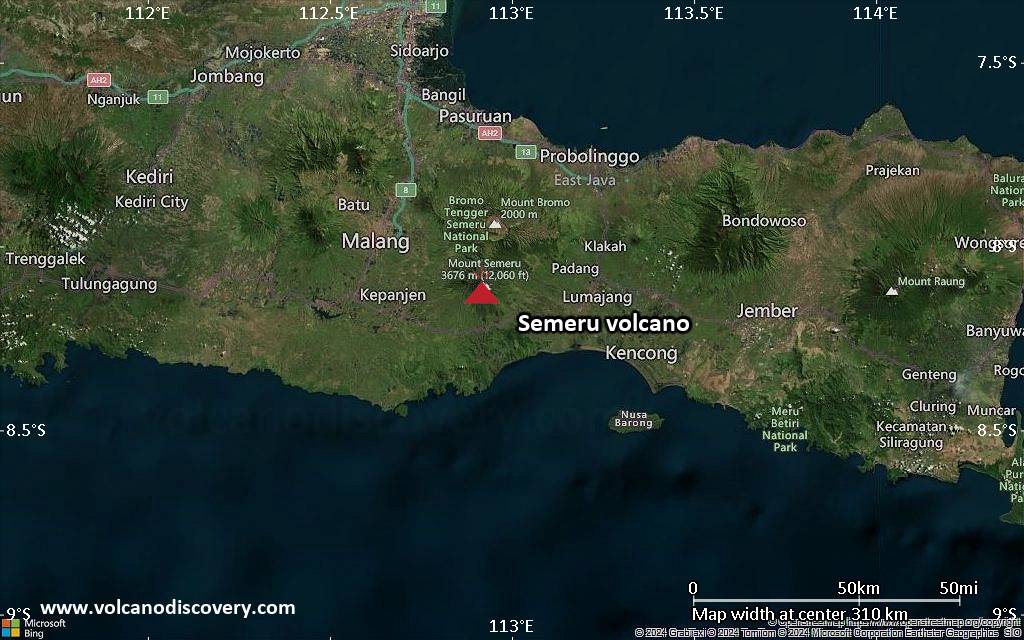RSS feed source: Volcano Discovery.com
Volcanoes Today, 5 Jun 2025: Fuego volcano, Semeru, Ibu, Dukono, Reventador, Raung, Sangay, Sakurajima
Thu, 5 Jun 2025, 06:00 1749103204 | BY: VN
Satellite image of Suwanose-jima volcano on 5 Jun 2025
Satellite image of Raung volcano on 5 Jun 2025
Satellite image of Semeru volcano on 5 Jun 2025
The elevated effusive activity at Fuego last night (image: CONRED)
Sakurajima (Kyushu, Japan): Explosive activity continues. Volcanic Ash Advisory Center (VAAC) Tokyo warned about a volcanic ash plume that rose up to estimated 6000 ft (1800 m) altitude or flight level 060 .
The full report is as follows: ERUPTED AT 20250605/0030Z FL060 EXTD SE OBS VA DTG:05/0100Z to 6000 ft (1800 m)
Suwanose-jima (Ryukyu Islands): Explosive activity continues. Volcanic Ash Advisory Center (VAAC) Tokyo warned about a volcanic ash plume that rose up to estimated 5000 ft (1500 m) altitude or flight level 050 and is moving at 10 kts in
Click this link to continue reading the article on the source website.



